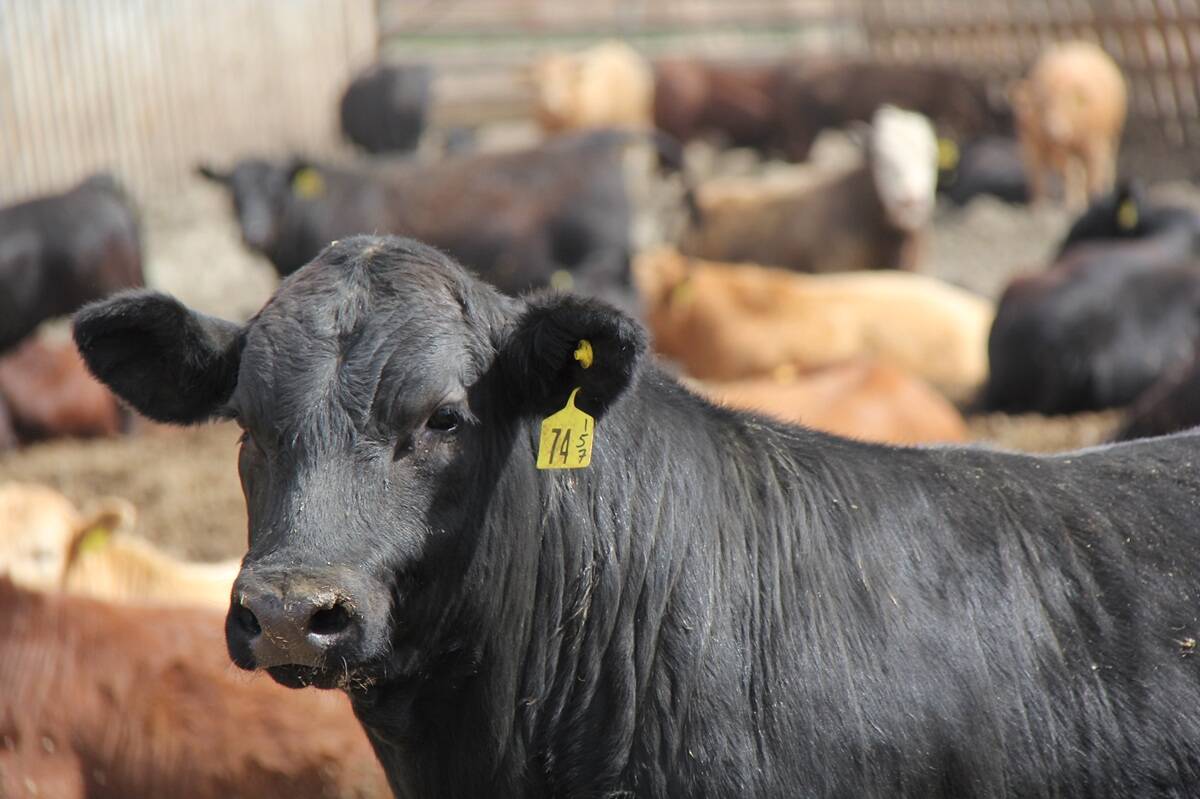There is nothing good about Lyme disease, but it’s time to sit and make sense of what Lyme disease is and what can be done about it.
Lyme disease is spreading in Canada. The disease itself is caused by a bacteria, Borrelia burgdorferi (Bb) spread from ticks seeking a blood meal. It’s not a serious cattle disease, but can cause symptoms in dogs, horses, possibly cats and humans. Stock dogs, horses and owners who spend long periods of time on range (moving cattle, fixing fences, etc.) are at the highest risk of contracting Lyme disease. Rodents and passerine birds serve as reservoirs for the agent of Lyme disease. Other animals, such as domestic ungulates, serve as hosts for the tick but fail to support the pathogen long term.
At least four known species of ticks transmit Lyme disease. However, the great majority of Lyme disease cases are due to the bite of a very tiny tick called the deer tick, or black-legged tick. The scientific name of the tick involved on the West Coast is Ixodes pacificus and Ixodes scapularis in the Northeast and Midwest. It is important to note ticks do not cause Lyme disease. They harbour and transmit the bacteria that cause it.
Read Also

Mycoplasma bovis in beef cattle causes more than pneumonia
M. bovis causes pneumonia and is a major cause of infectious arthritis in calves and feeder cattle
Ticks that carry Bb live throughout most of the United States. Lyme disease is most common in the upper Midwest and the northeastern and mid-Atlantic states. Black legged ticks are common in Europe and, in Canada, have established themselves in the Maritimes, Quebec, Ontario and Manitoba. Deer ticks are growing in prevalence across Western Canada. Last year, nearly 95 per cent of cases were reported in Ontario, Quebec and Nova Scotia.
Lyme disease researchers state their “findings are consistent with the hypothesis that increases in Lyme disease incidence in recent decades are attributable at least in part to the effects of climate change.” Lyme disease is also being reported in parts of Canada previously thought to be too cold for the ticks, the study states (read the study at cmajopen.ca/content/1/1/E43.full).
Researchers at the University of Toronto have also studied the issue, using Lyme disease data from the Centers for Disease Control and Prevention. They considered factors beyond latitude that affect the rate of Lyme disease, and how it relates to population density in rural areas and the growth of human populations in suburbs.
Passerine birds or perching birds, the largest order of birds with about 5,700 species, are primary hosts of Bb. Domestic cattle and wild ungulates may show mild signs after infection, but for the most part clear infections after showing mild symptoms.
Clinical signs of Lyme borreliosis have been well documented in dogs, in which the characteristic presentation includes an intermittent, shifting lameness. Horses with Lyme borreliosis may exhibit neurologic signs and uveitis (inflammation of iris and mid-structures of eye), or cutaneous lymphoma (pre-cancerous skin lesions). Horses showing involvement of the nervous system may develop the inability to swallow, voice changes due to dysfunction of the larynx, facial paralysis and in co-ordination related to spinal paralysis. Behavioural changes are common.
In humans, Lyme disease progresses through stages.
In the first stage, a Lyme disease rash appears three to 30 days after a tick bite. This stage of disease has a limited set of symptoms. The rash looks like a target or bull’s-eye — clear in the centre surrounded by redness. The rash may be warm to the touch, but usually not painful or itchy. Other Stage 1 symptoms include:
- Fever
- Headache
- Fatigue
- Joint stiffness
- Muscle aches and pains
- Swollen lymph nodes
Without treatment, Lyme disease can get worse. The symptoms often show up within three to 10 weeks after a tick bite. Stage 2 is often more serious and widespread. It is called early disseminated disease. Signs include:
- Many rashes on other parts of the body
- Neck pain or stiffness
- Muscle weakness on one or both sides of the face
- Immune-system activity in heart tissue that causes irregular heartbeats
- Pain that starts from the back and hips and spreads to the legs
- Pain, numbness or weakness in the hands or feet
- Painful swelling in tissues of the eye or eyelid
- Immune-system activity in eye nerves that causes pain or vision loss
Stage 3 symptoms usually begin two to 12 months after a tick bite and involve marked skin lesions and arthritis of large joints.
Chronic Lyme disease is a “highly controversial catch-all term for a host of long-lasting symptoms that may or may not stem from prior infection with the bacterium that causes acute Lyme disease. Often mis-diagnosed and mistreated, chronic Lyme disease leaves thousands of people physically and mentally debilitated, and without a medically established recourse.” (When Lyme Disease Lasts and Lasts by Jane E. Brody, New York Times)
The good news is that most animals that contract Lyme disease develop mild symptoms that often resolve without treatment. The bad news is that those animals that go on to develop the full-blown illness can suffer significantly. From a veterinary prevention aspect, two different vaccines are available for dogs.
In humans, Lyme disease is diagnosed by many naturopathic practitioners. Germany seems to be where most diagnoses are made. If — by the most recent statistics — Alberta had 16 confirmed positive human cases, 25 per cent of incidents of Lyme dis- ease live on my block in Cochrane. I know in three cases, diagnoses of Lyme disease followed submission of hair samples. People apparently recover after a hodgepodge of supplements and if no harm is done, good. If cured, great.

















